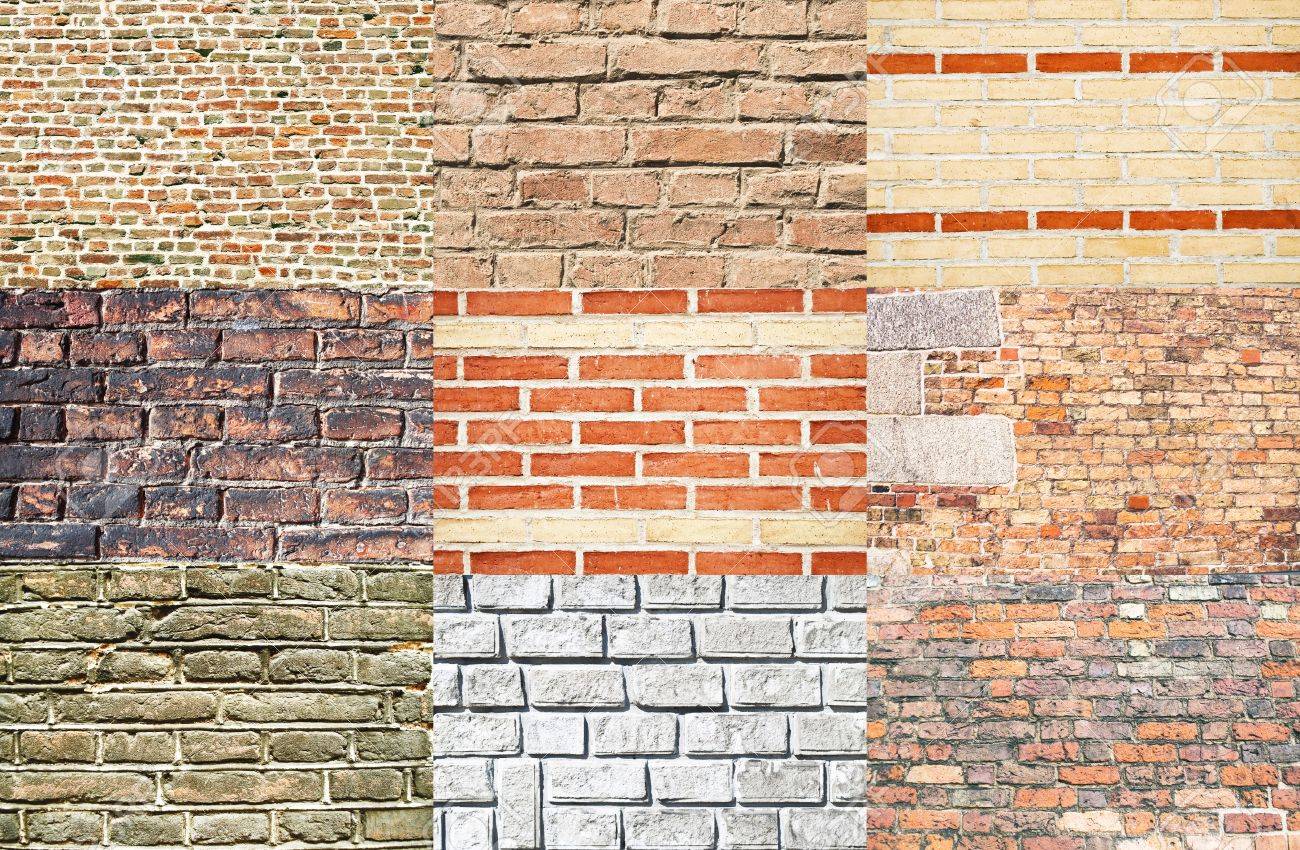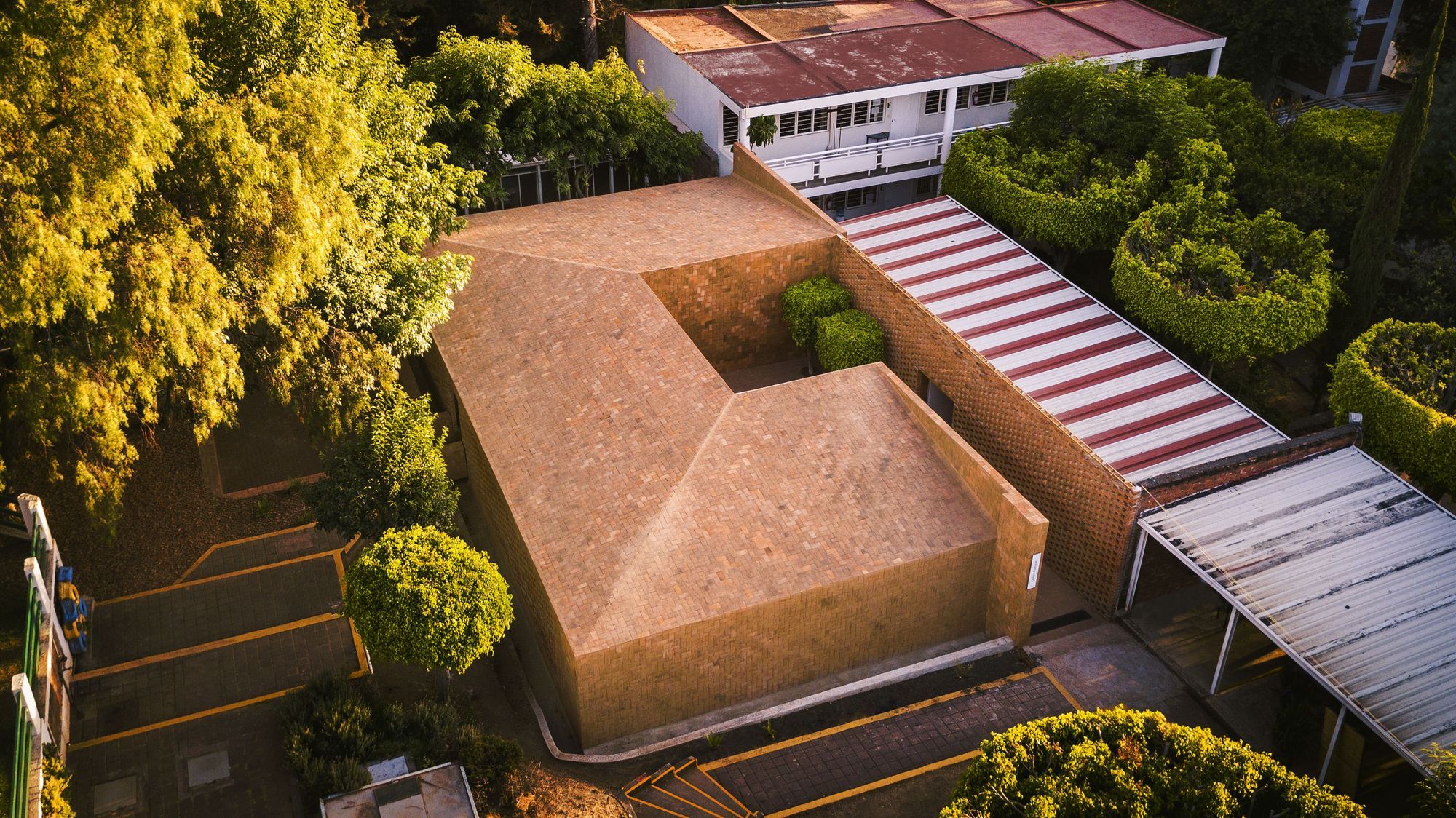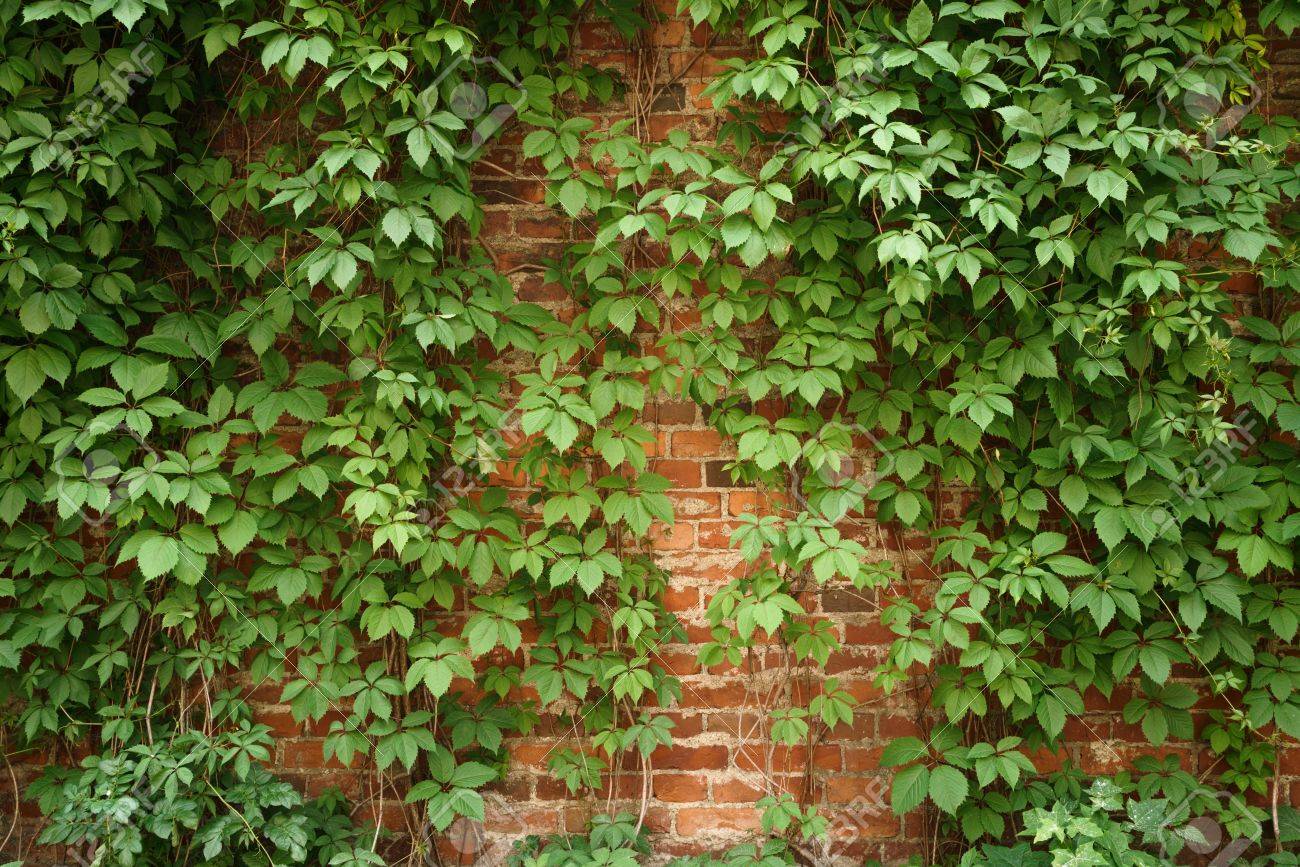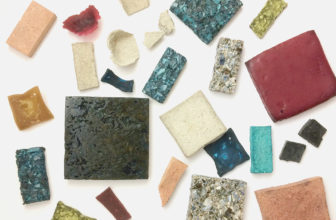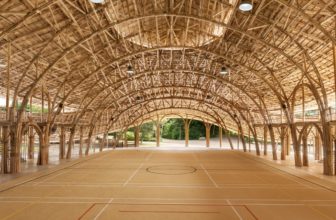Brick Walls: repairing and maintaining them
Bricks walls are undoubtedly the cornerstone of the construction scene for their inexpensiveness and the fact that they come in countless shapes, colors, and textures. The versatility of bricks makes bringing the visions of designers and architects into life quite an easy process. Bricks are made to be long-lasting and to withstand the test of the elements. This precious building material, however, can suffer gravely from use and neglect. In this article, we are going to explore the best tips that every architect, designer, and even resident needs to know in order to preserve their brick walls, retain their value, and make sure they last for quite a long time.
Bricks are used in a wide array of living spaces due to the fact that they are flexible to be used in interior as well as exterior design. Bricks are incredibly economic and aesthetically pleasing, whether they come in different colors and textures, or simply with their raw, industrial appearance. Almost anywhere you look, you can find bricks being used one way or another, but at what cost does use this incredible building material come at?
No other building material is as practical or as widespread as bricks, however, they do present a challenge for architects and builders as they are quite prone to damage.
Almost anywhere you look, you can find bricks being used one way or another, but at what cost does use this incredible building material come at? Well, a number of things can easily affect bricks and brick walls such as direct sunlight (or lack thereof), mold, wind, humidity, and extremely cold temperatures.
Identify your bricks
It is really important to identify what kind of bricks is used in your structure, which can be a bit tricky. Pay attention to the color and texture of your brick walls, because certain types of bricks are less durable and require more maintenance than others.
1. Sun-dried (clay) bricks
A type of brick that’s not as durable as burnt bricks. It is prepared by molding the clay and then air-drying it. Sun-dried bricks don’t resist water well, so it would be better to use insulation techniques to prevent future damage.
2. Burnt clay bricks
A variety of bricks are prepared through a process of table-molding and firing in large kilns. They are very durable and they preserve their shape for a long time.
3. Fly ash bricks
Made from a mixture of ash and water, meaning they are made from recycled ash (a brilliant eco-friendly approach to brick and masonry). If you are using this guide to choose the best type of bricks for your project, then fly ash bricks are a great option since they are lightweight, self-cementing, freeze and thaw resistant, and have a very low water porosity.
4. Concrete bricks
Do your brick walls look somber and possess an industrial tang? Then most likely they are concrete bricks. Concrete bricks are a considerably good option when it comes to maintenance and repair since they’re water-resistant and aren’t as prone to become moldy as regular bricks.
5. Sand-lime bricks
Sand-lime bricks are known for their granular texture. They are mostly for ornamental purposes, especially indoors, since the lack of exposure to the outdoor weather conditions preserves them.
6. Engineering bricks
They are strong, warm-colored bricks that possess low water porosity, therefore you will not spend a lot of time maintaining them because they’re not subject to damage easily.
Taking Care of Exterior Brick Walls
Inspect your brick walls for damage at least once a year, for example, use high-pressure water to spray the walls to inspect for any weak spots, since sometimes the mortar is damaged causing leaks and many other problems.
Always clean your brick walls. Although we hunger for that rustic look that’s achieved through the passage of time, the accumulation of dirt, and exposure to the elements, there are different ways you could accomplish this without damaging your brick walls. You could definitely invest in climbing plants such as ivy and honeysuckle, which will not only give your brick walls a rustic appearance but will also shield them from the harsh sunlight and other elements. Careful, though, because you would also need to take care of these plants by trimming them and cleaning the brick walls underneath regularly.
Create a maintenance schedule to clean your brick walls. Checking for damage is important since brick walls can easily become moldy, which can cause health complications for the residents as well. Put on your gloves and gear up, because you’re going to use a simple mixture of bleach and water and a bristle brush to clean your walls. You’ll only brush down your walls and the sunshine will do the rest of the job. You could go the extra mile and buy cleaning agents that you dilute with water, which should be used with extra caution. Always remember that high-pressure water is your best friend when it comes to cleaning brick walls.
Taking Care of Interior Brick Walls
Keep your brick walls dry at all costs. Unlike outdoor brick walls, indoor brick walls aren’t as exposed to sunlight and can become damp and moldy quite easily. Check up on your indoor brick walls regularly to make sure that there is no accumulation of mold or dirt, in case there is, carefully remove the afflicted mortar and readd a new layer.
Scrub them gently in order not to ruin their texture. Use the bleach/water mixture we mentioned above, or acid-based cleaners/rust and stain removers. If you care about value retention, then be extra careful with your indoor brick walls because if you consider selling your property, then worn-out-looking brick walls can compromise the value of your premise.
Remove mold and efflorescence. On the one hand, a mold or mildew situation can be easily tackled using the water/bleach mixture with a sponge to remove the growth. On the other hand, efflorescence is a white powdery substance that forms on brick walls as a result of natural salt deposits left behind after water seeps from the pores of the brick wall. Since the cause of the efflorescence is already water, then use a dry bristle brush to scrub it away. In some extreme cases, when the bristle brush doesn’t work, you can resort to sandblasting.
What if my brick walls are already damaged?
If you’re feeling that it’s too late and your brick walls are already damaged, don’t despair! You can definitely repair your brick walls and have them look as good as new (and maybe even better).
If you already used one of the tips mentioned above to detect damage in the bricks or mortar, and you found some, then there are measures you can follow to amend the situation as soon as possible. After cleaning your brick wall, use a chisel to carefully remove the damaged mortar and apply a new layer.
While you’re at it, there are also products that you can use to paint your walls with, which won’t alter their appearance at all, but actually preserve it and minimalize the maintenance work you’d have to do in the future. Choose your brick wall coating carefully, because they have to be climatically appropriate, in order not to cause you further problems in the future. For instance, some of these coating/sealants work better in colder climates rather than dryer ones. Some can trap moisture and actually make the health of your walls deteriorate much faster, so always consult the experts to make sure which option will be the best for your brick walls.



